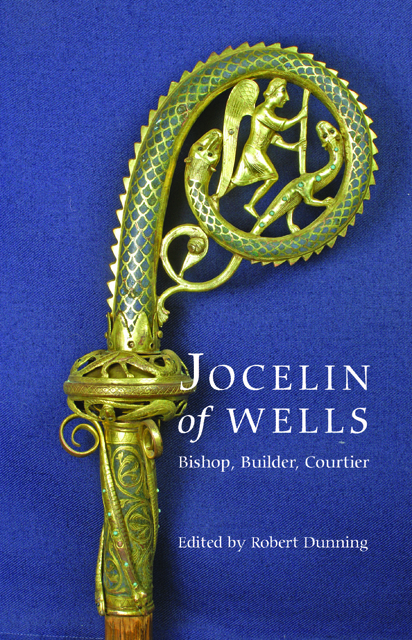7 - Geophysical and geoarchaeological survey at the Bishop’s Palace, Wells
Published online by Cambridge University Press: 02 March 2023
Summary
Introduction
Geophysical and geoarchaeological surveys were carried out at the Bishop’s Palace, Wells in 1998 and 2003–04 by staff and students of King Alfred’s College, Winchester (now the University of Winchester) at the request of the Bishop’s Palace Archaeological Research Committee. The main objectives in undertaking this work were, firstly, to determine whether buried archaeological features beyond those identifiable in historic cartographic sources exist below the present ground surface and, secondly, to assess whether medieval archaeological remains are buried by thick alluvial or made ground deposits. Resistivity and magnetometer surveys were carried out on the lawns that surround the palace in June and July 1998 to address the first objective, while nineteen boreholes were drilled during two phases of fieldwork in April 2003 and June 2004 to address the second. Here we present the results of the surveys, focusing particularly on the information that the survey data provides with regard to the layout of the eighteenth- century garden and the survival of buried medieval archaeological stratigraphy.
Methodology: geophysics
The survey covered 0.16 hectares; the available area being laid out with a total station and tapes as a series of 20m x 20m squares. The magnetometer survey was conducted with a Geoscan FM36 fluxgate gradiometer in a series of parallel traverses while the resistance survey was carried out using a Geoscan RM15 with a twin electrode configuration. Each grid was surveyed using zigzag traverses at 0.5m spacings, giving a sub-surface penetration of between 0.75m and 1.0m and a resolution of 1,600 readings per 20m x 20m square. Figure 6 maps the resistivity survey onto a plan of the Bishop’s Palace, Figure 7 does the same for the magnetometry data, while Figures 8 and 9 interpret the resistivity and magnetometry results respectively.
Resistivity relies on the ability of materials to conduct an electrical current passed through them. This is linked to moisture content and therefore porosity. Stony features such as walls are recognised as a high response (displayed on Figure 6 in black) while ditches and pits which retain moisture tend to show up as low responses (here in grey or white).
- Type
- Chapter
- Information
- Jocelin of WellsBishop, Builder, Courtier, pp. 125 - 136Publisher: Boydell & BrewerPrint publication year: 2010

